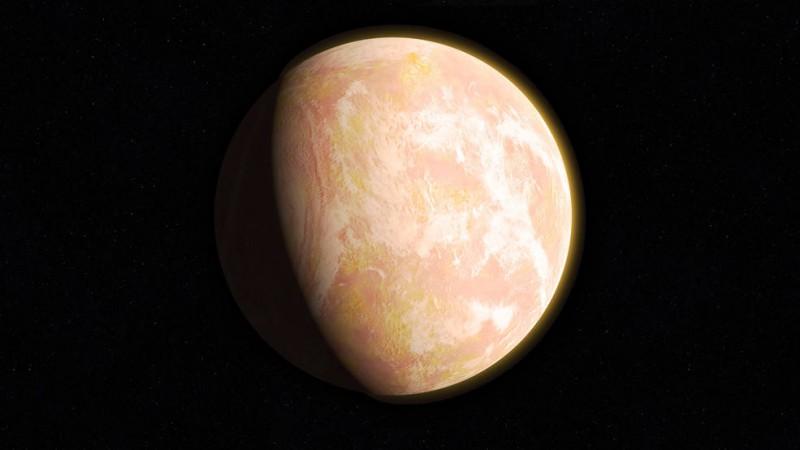
Astronomers have been hunting for habitable exoplanets, but due to their hazy atmospheres, finding out much about them is proving to be difficult. So in order to bypass the problem, scientists have now started looking for exoplanet clues right here on Earth! To be more specific, Earth during the Archean era.
Also Read: Penumbra lunar eclipse: Date, time and place to watch the phenomenon!
The Archean era existed from 4 to 2.5 billion years ago, when the Earth's crust had cooled down to the extent it was able to form continents.
Compared to the present atmospheric composition of Earth, back in the Archean Era, oxygen was at comparatively low levels, while the levels of ammonia, methane and various other organic chemicals was higher.
According to geological evidence, the atmosphere of Earth in the Archean Era, closely resembles that of most exoplanets. Scientists will now try and understand how that atmosphere came to be replaced by the oxygen- and nitrogen-rich one we have today.This in turn will give them deeper insights into the evolutionary stage of any given exoplanet.
The lead author of this pioneering research is Giada Arney from NASA's Goddard Spaceflight Center in Greenbelt, Maryland. Giada is also a member of the NASA Astrobiology Institute's Virtual Planetary Laboratory based at the University of Washington.
"We like to say that Archean Earth is the most alien planet we have geochemical data for," said Arney.
Scientists believe that the atmospheric haze seen on exoplanets could be composed of a number of carbon-rich, organic molecules. They also believe that the haze could have been caused by hazardous UV radiation, which is capable of rupturing DNA.
Another possibile outcome of the haze, according to scientists, is that it could become so dense as to prevent sunlight reaching the planet's surface, rendering it freezing and inhospitable.
Earth seems to have dodged the proverbial bullet in the latter case, as at the time of the Archean Era the sun was far dimmer than it is today, and emitted only 80% of the energy it currently emits. Earth, however, didn't freeze over, and the reasons behind that are what scientists are now searching for.
With the help of computer models, Arney and her team have accumulated data and analysed the impact of the haze on Archean Earth, as well as the impact of temperature on the atmosphere's chemical composition.
Their models have revealed that as the haze became more dense, the amount of sunlight reaching the planet's surface declined, ironically hampering the very chemical reactions that supported the haze.
This phenomenon has been called the "self-limiting haze" by scientists. They found that Archean Earth was cooled by the self-limiting haze by approximately 2.22 degrees Celsius (36 degrees Fahrenheit), which meant the temperature was just high enough to prevent the surface from freezing completely.
"Our modeling suggests that a planet like hazy Archean Earth orbiting a star like the young sun would be cold," said Shawn Domagal-Goldman, a Goddard scientist and a member of the Virtual Planetary Laboratory.
"But we're saying it would be cold like the Yukon in winter, not cold like modern-day Mars," he added.
As long as there is liquid water on the surface of a planet, it is thought to be habitable, even if the temperature dips below freezing.
Researchers even examined the effects of the haze on other Archean Earth–like planets with the help of computer models.
"The parent star controls whether a haze is more likely to form, and that haze can have multiple impacts on a planet's habitability," said co-author Victoria Meadows, the principal investigator for the Virtual Planetary Laboratory and an astronomy professor at the University of Washington.
Though Archean Earth was sun-screened by the haze, the layer would have been bigger had the been as hot as it is today. Though it would have still offered some Sun protection to the planet, the modeling suggested.
But not all stars can create a haze on an exoplanet.
"Dim stars, such as M dwarfs, emit most of their energy at wavelengths that pass right through atmospheric haze; in the simulations, these planets experience little cooling from haze, so they benefit from haze's UV shielding without a major drop in temperature," a NASA statement said.
The researchers consider planets with a haze in their atmosphere good candidates for closer analysis.
"Haze may turn out to be very helpful as we try to narrow down which exoplanets are the most promising for habitability," Arney concluded.








